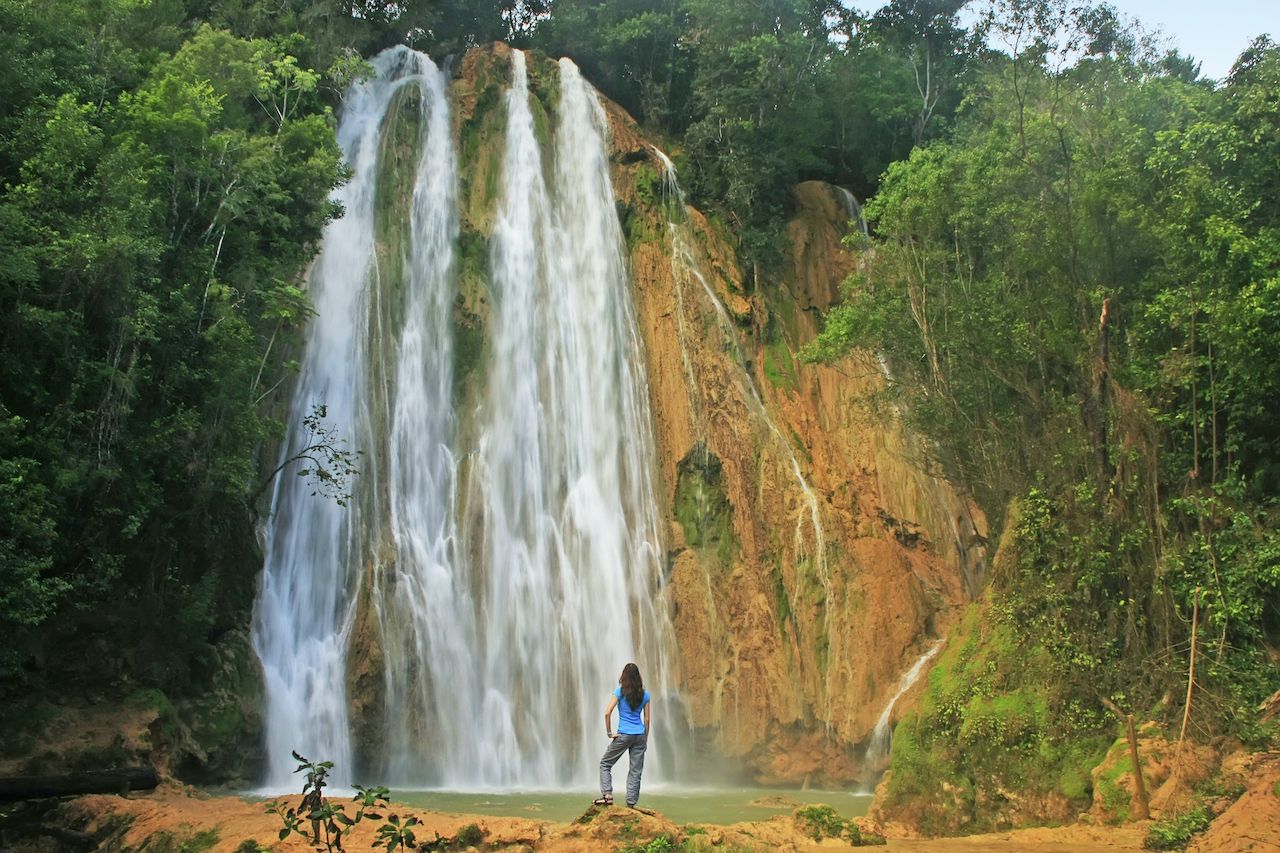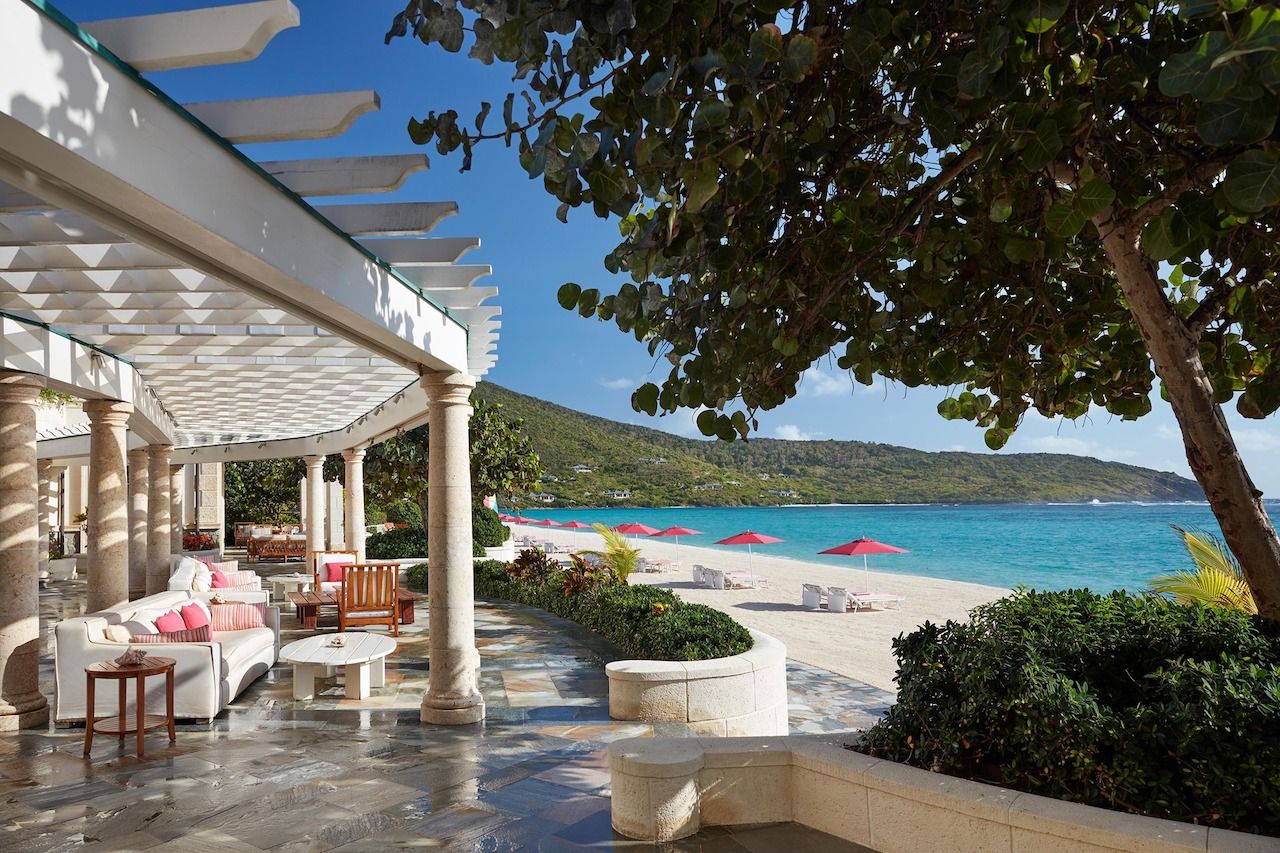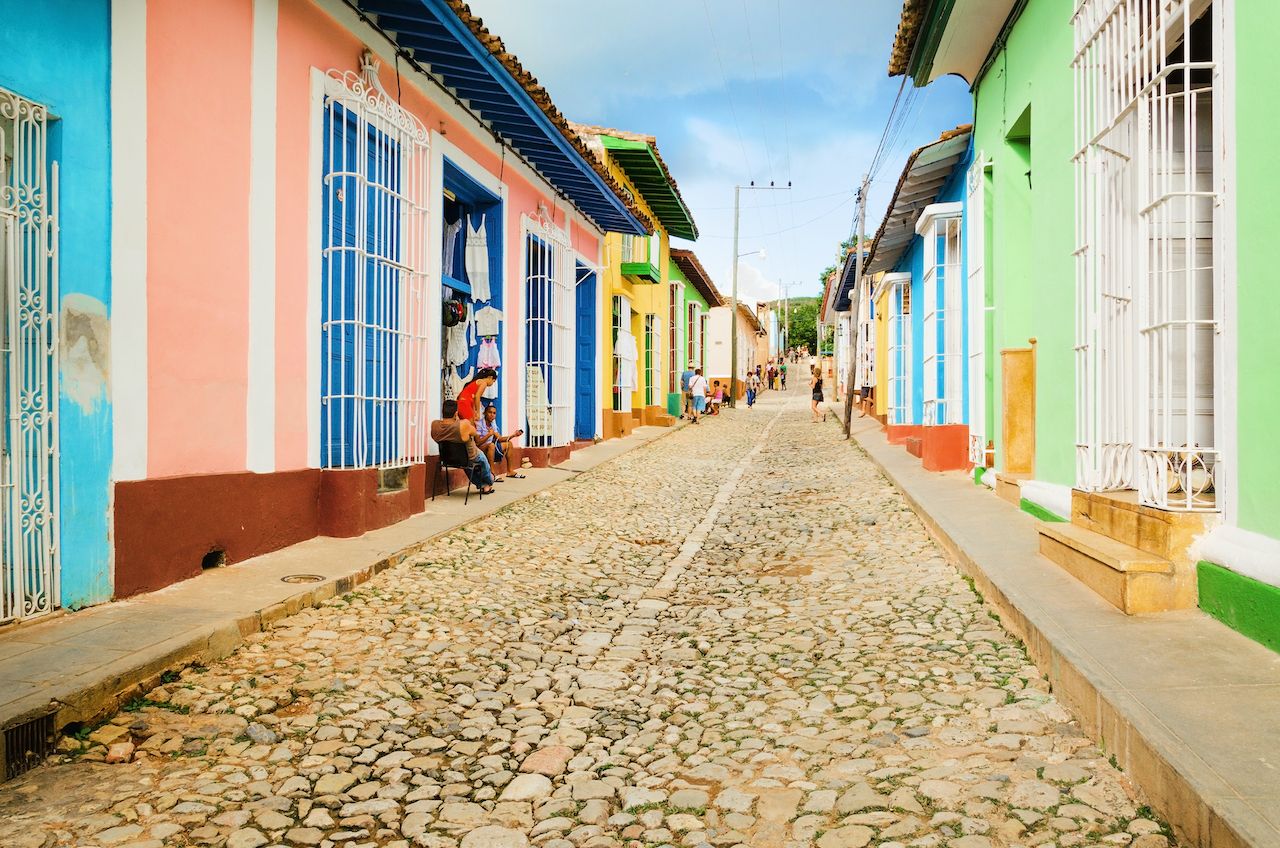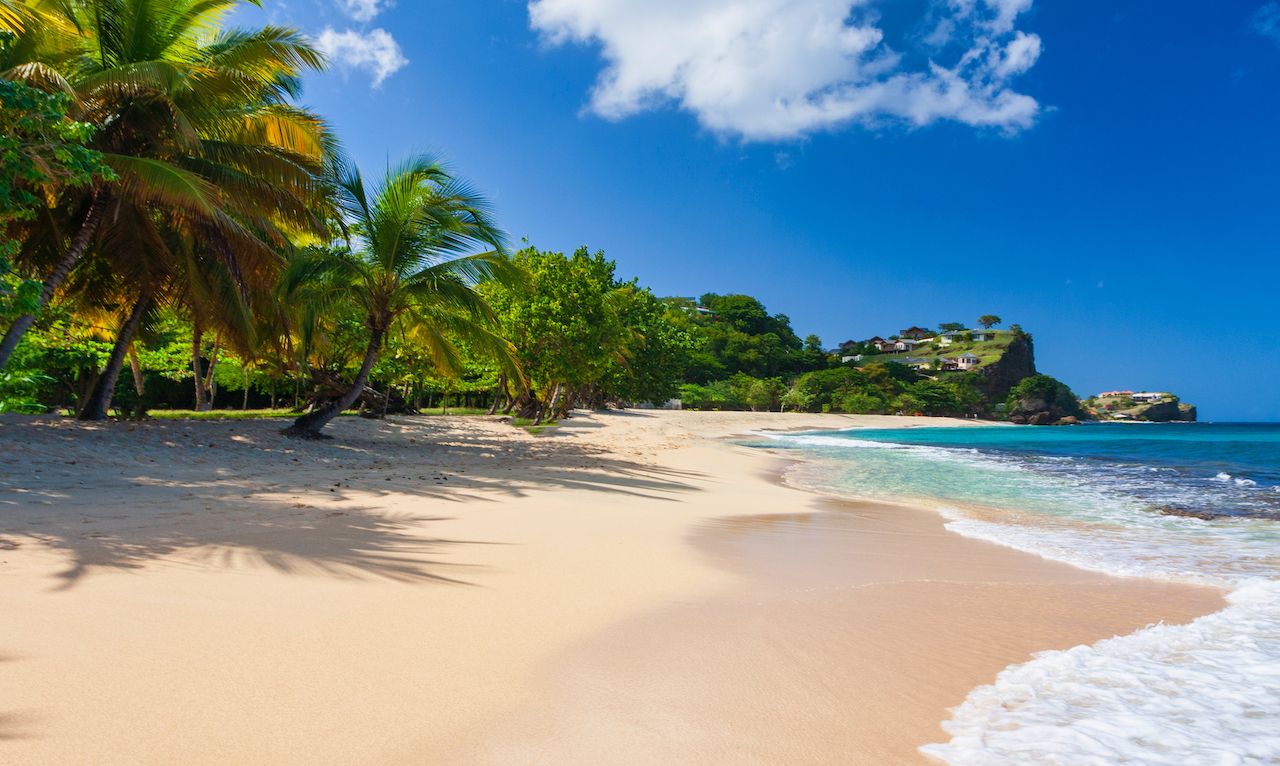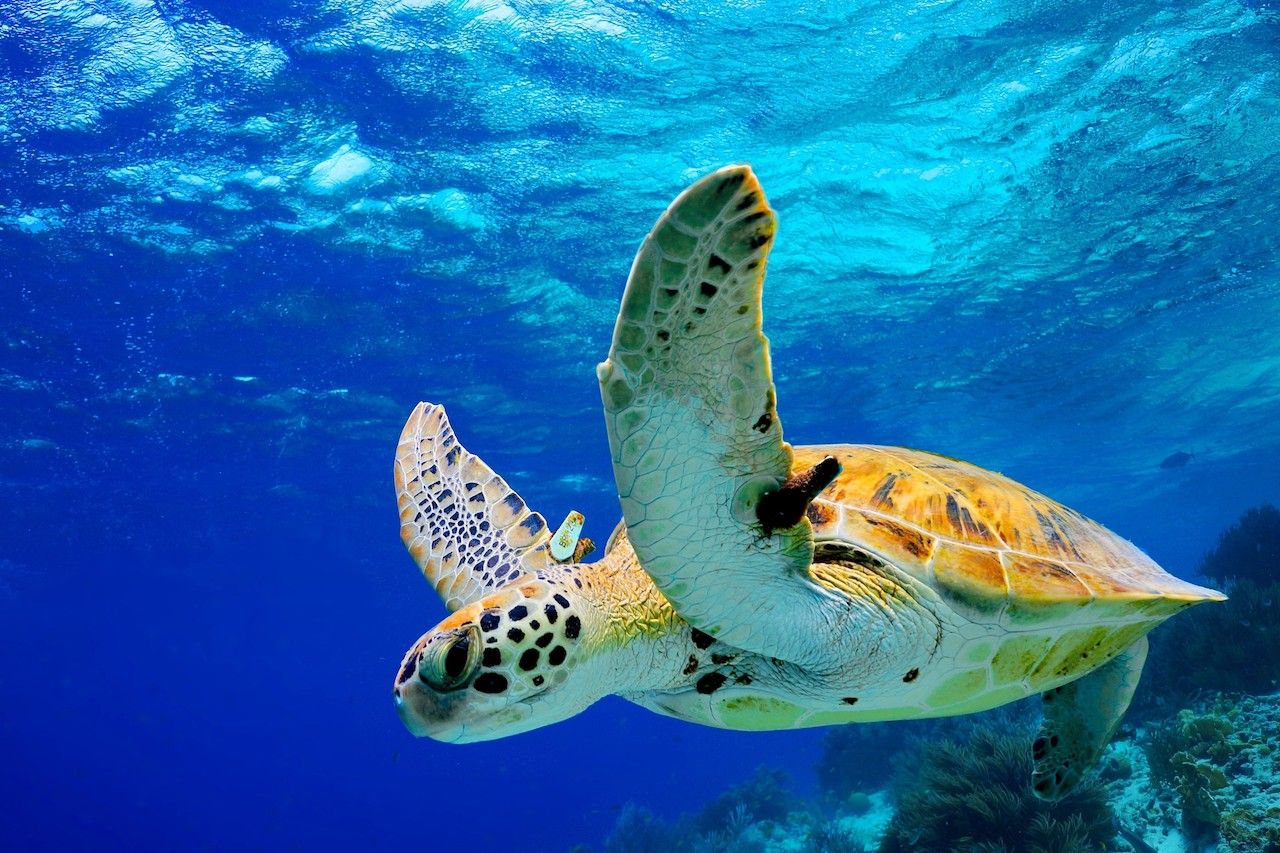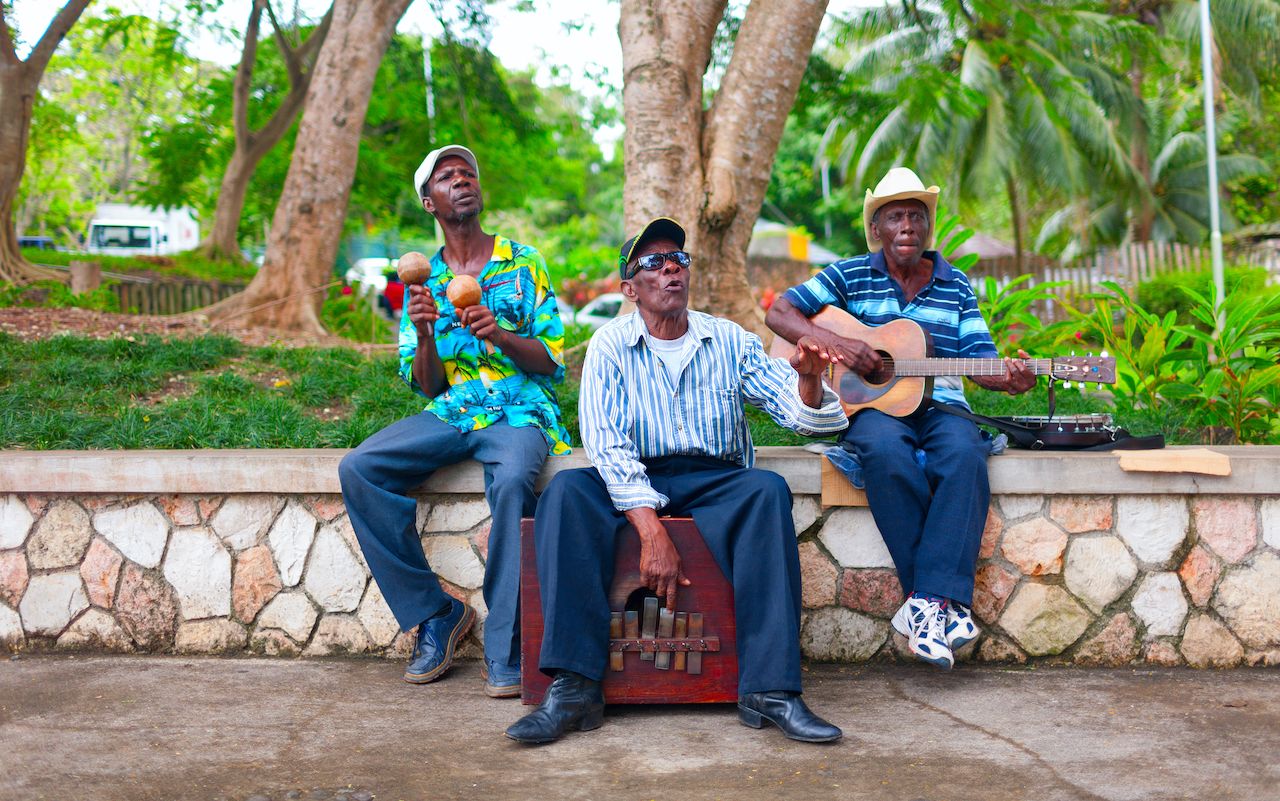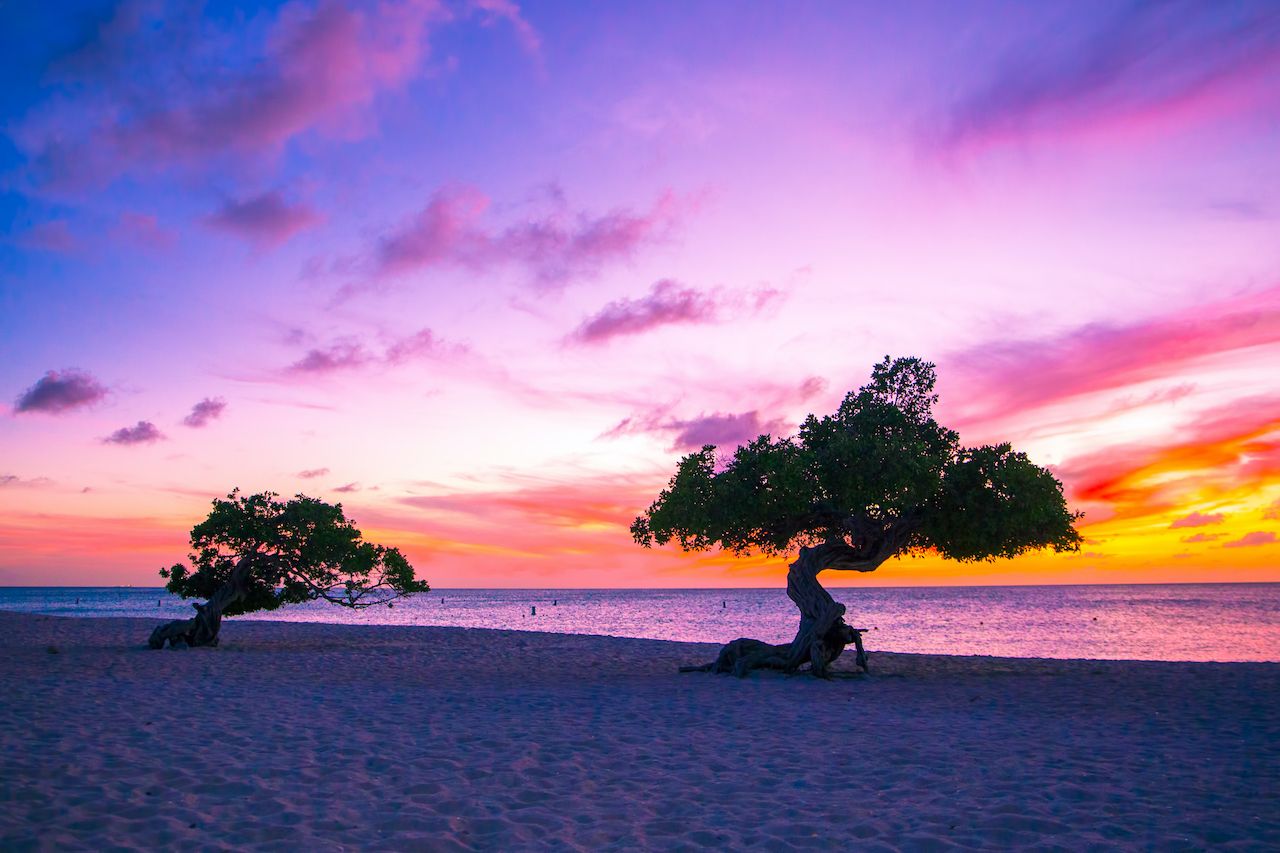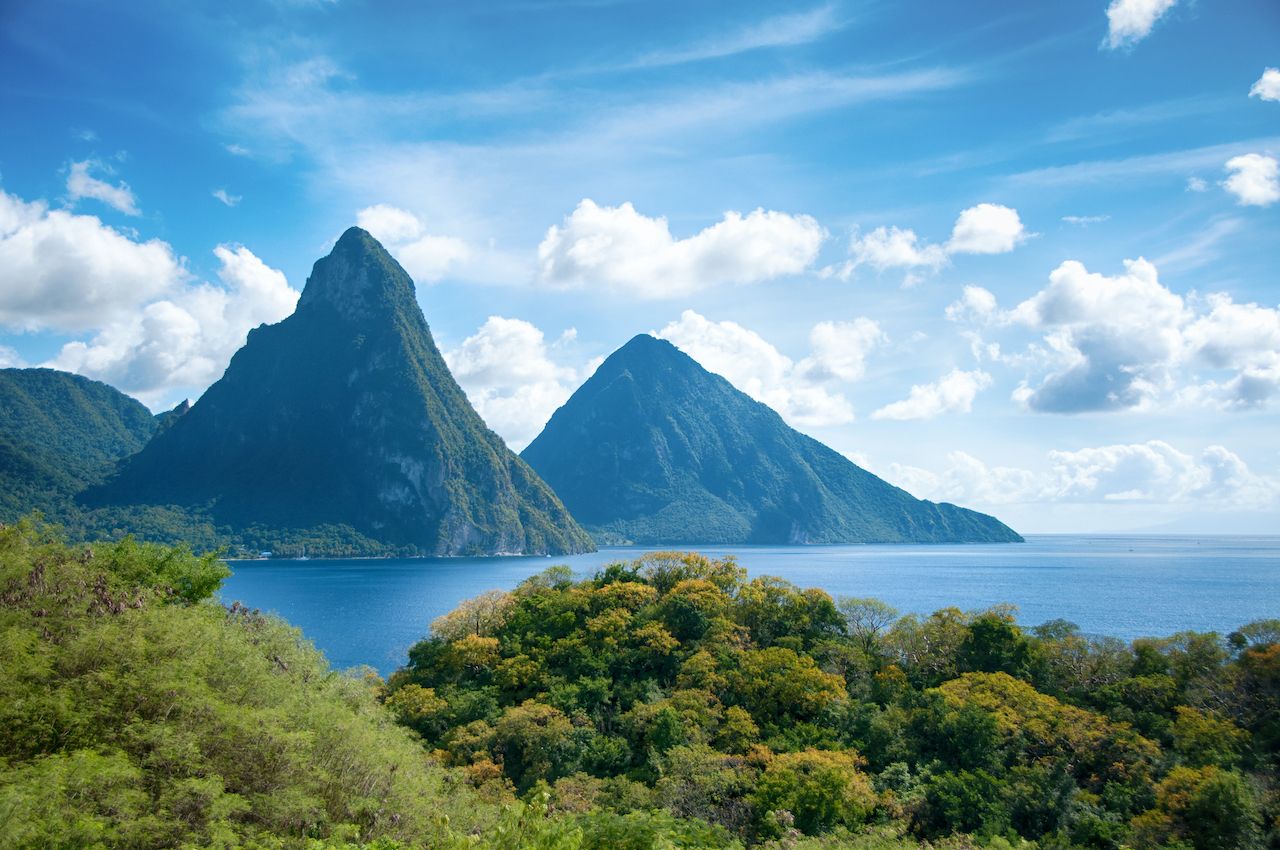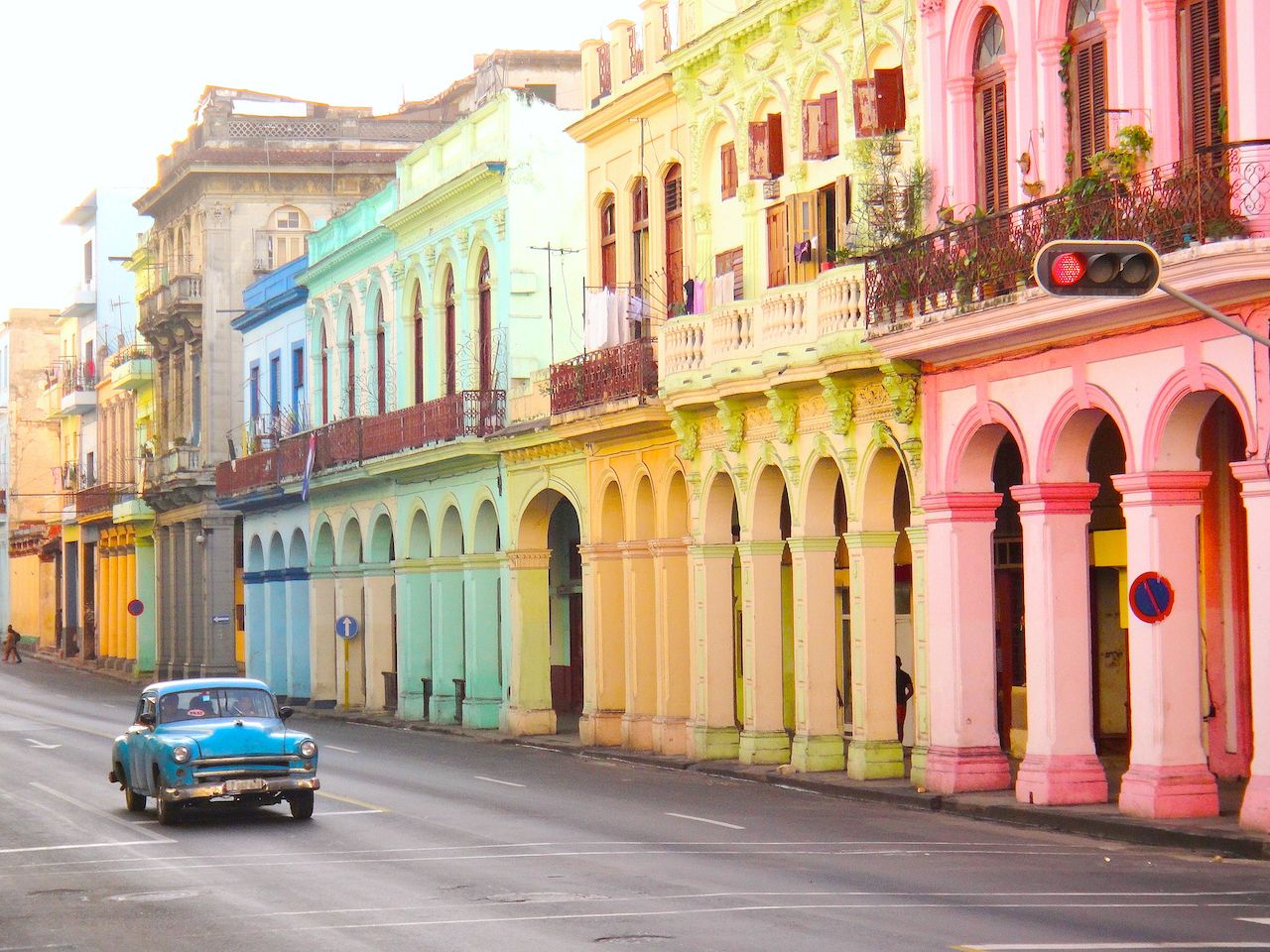We tend to talk about the Caribbean like it’s one big white-sand island. But the archipelago is made up of more than 7,000 islands that draw an arc through the Caribbean Sea, from just south of Florida to the coast of Venezuela. Though some 90 percent are uninhabited, dozens are full of life and open to tourism, each with its own personality.
Caribbean tourism officially represents 30 islands, from Anguilla to the US Virgin Islands. Any of these destinations would make a fine, if not fantastic, choice for any traveler who loves the tropics. But the ideal Caribbean vacation is about more than just a pretty beach. For those who don’t know Dominica from the Dominican Republic, here’s which island is right for you.



